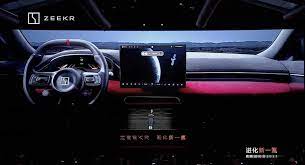Current trends – September 2023

Satellite communication standard package in a car
Zeekr, a Chinese EV premium car brand part of Geely group, has launched its first luxury car the Zeekr 001 FR priced above $ 140,000.
Deliveries will start in October 2023, with only 99 monthly produced vehicles initially. It is an exclusive car.
The Zeekr 001 FR has outstanding performances, competing with Tesla Model S Plaid.
The Zeeker 001 FR may make history though. This is the only car in production equipped with satellite communication as a standard feature. The satellite communication is based on Geely’s Geespace Low orbit constellation dedicated to mobility, that will have 72 satellite by 2025.
The satellite communication complements the 4G/5G terrestrial communication, so that the car is always connected, even in Mobile Network Operators black spots, allowing voice calls, high speed internet and emergency calls.. Details of pricing of the communication package will be interesting to know, as satellite communication is notoriously more expensive than terrestrial cellular. However, due to the luxury nature of the Zeekr 001 FR, it may be hard to locate the true cost.
Nevertheless, it will be interesting to see how the competition will react: Tesla already last year promised connectivity to its sister company Starlink satellite services, but limited to “emergency calls and texts”. But what about the other US, European, Japanese, Korean OEMs? And what business model could fit both an OEM’s improved offer and needed profitability?
See the article of Jacob Philip by clicking on the image below:
